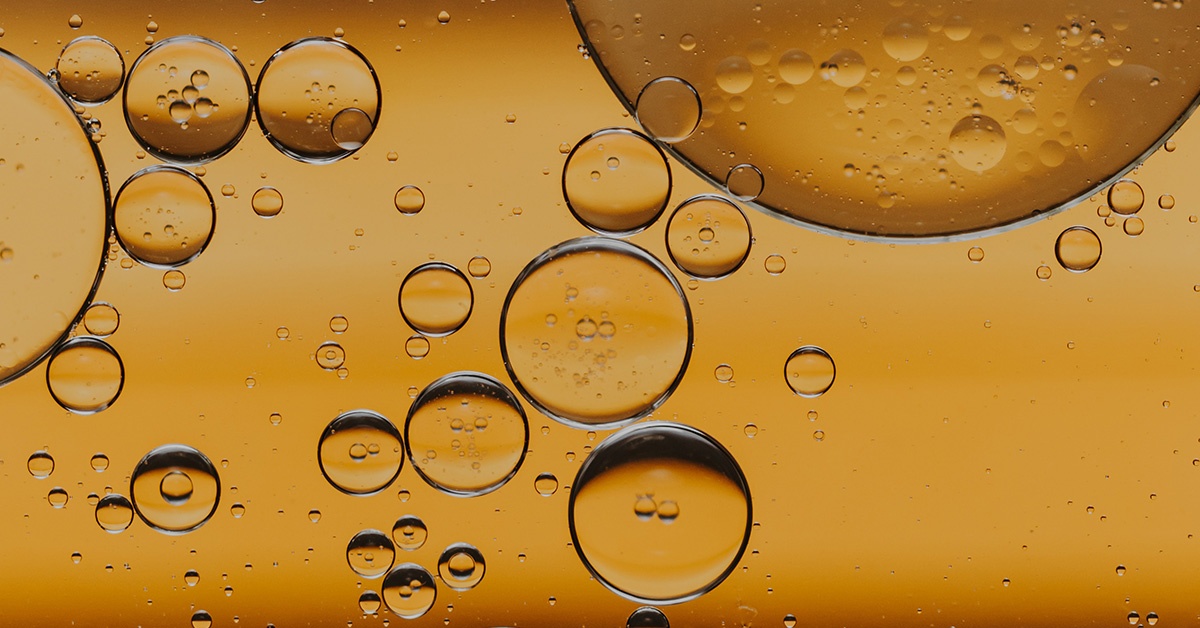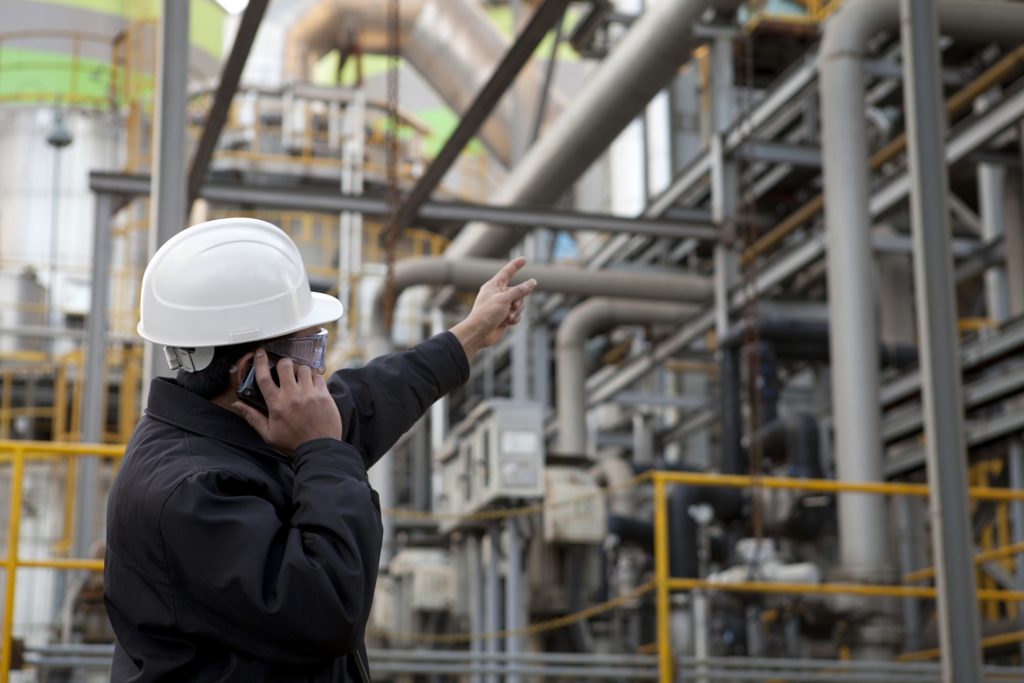Intensive Trainings

- This event has passed.
Artificial Lift Technology
26th September 2022 - 28th September 2022
Event Navigation

Why Choose this Training Course
This artificial lift training course is designed to introduce an overview of various artificial lift solutions and related production optimization concepts as well as the reservoir life cycle. After introducing the need for an artificial lift system, training will include various lift methods such as: Gas lift, Reciprocating Rod Lift, Progressive Cavity Pumping (PCP), Hydraulic Pumping (HP), Electrical Submersible Pumping (ESP), Plunger and Capillary System, etc. For each lift type, the course covers main components, application envelope, relative strength and weakness points. The course will further include discussion sessions wherein trainees would discuss their challenges and plans for lift systems with view to understand applicability of the concepts
Who Should Attend
- Production Engineers
- Field operations Engineers
- Operators
- Geoscientists
- Reservoir Engineers
- Petroleum Engineers
Key Learning Objectives
- Understand the fundamentals & production performance of various artificial lift methodologies.
- Increase awareness and knowledge of artificial lift methodologies and factors affecting optimal designs and operations, including fluid properties and multiphase flow regimes.
- Overview of lift techniques, technologies, and equipment also covers alternate deployment scenarios and multisensory applications for surveillance and optimization.
- Possess the basic skills required to select and size artificial lift systems
- Be able to select suitable artificial lift system, plan its operation, monitor and analyze its performance.
- Learn strategies and best practices for field production optimization
- Apply techniques to maximize oil production economically with artificial lift systems
- Make basic PVT properties and inflow performance calculations related to artificial lift
- Select the appropriate artificial lift system by examining the drawdown potential of each method, the initial and operating expense and the range of production and depth possible with each method as well as special problems such as sand/s-cale/deviation etc.
- Design and operate system features for each method under harsh condition



